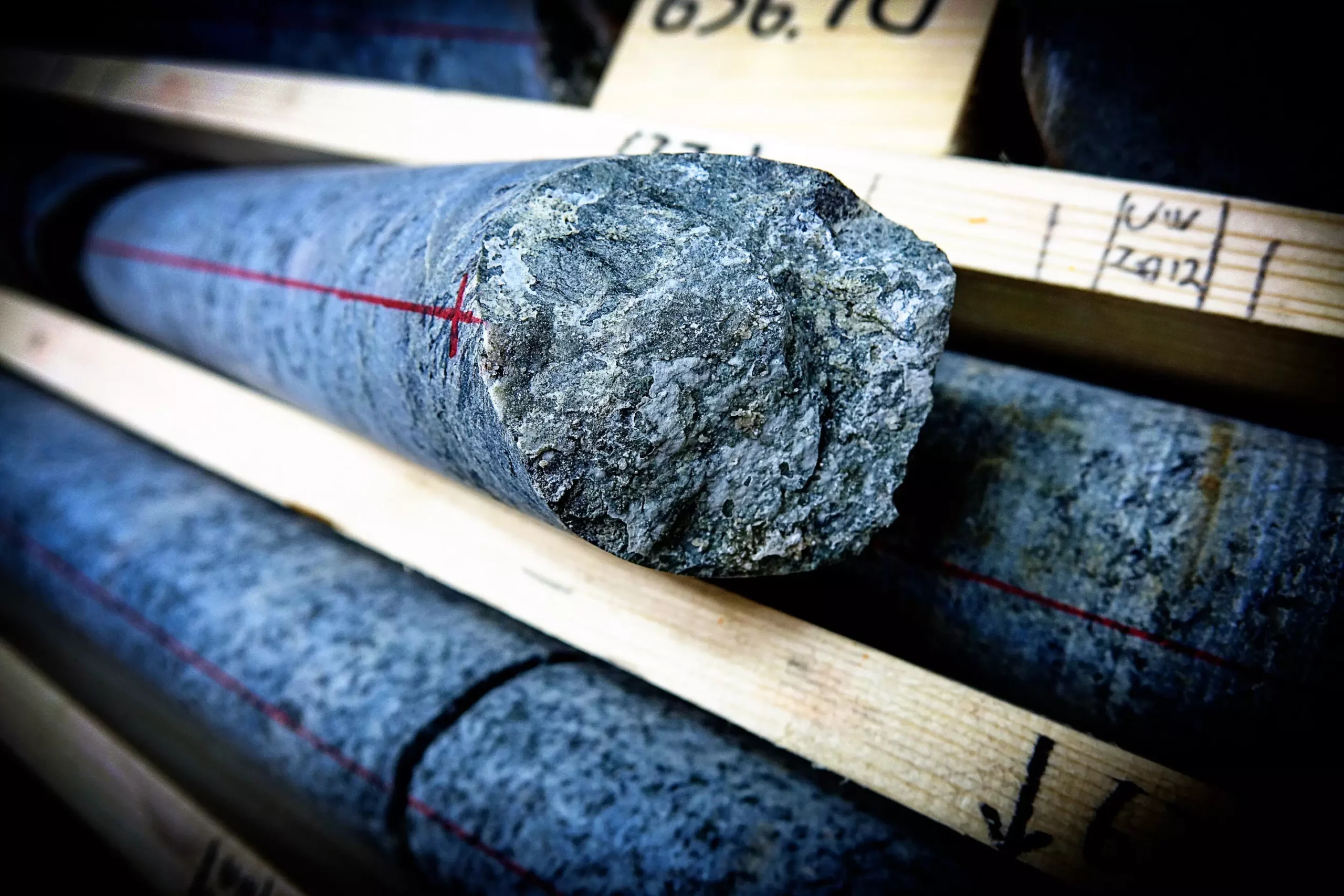Recent research has unveiled a fascinating glimpse into the ancient life that thrived deep beneath Greenland’s surface around 75 million years ago. Published in the journal *Geochemistry, Geophysics, Geosystems*, this study adds another layer of understanding to the enigmatic ecosystem known as the deep biosphere. Lying beneath our feet, this habitat offers a glimpse into life’s resilience, where microorganisms have adapted to survive in conditions lacking sunlight and dissolved oxygen. However, the extent of this life and its historical roots remain relatively obscure, mainly because scientific exploration of these depths has been scant.
A team of researchers, led by Henrik Drake from Linnaeus University in Sweden, undertook significant drilling projects in western Greenland to penetrate the bedrock situated beneath the ice sheet. Their meticulous investigation focused on extracting samples from fractures deep within the rock, which are believed to harbor essential geochemical evidence of ancient microbial life. This research utilized high-resolution geochronology techniques to date the calcium carbonate present, revealing that these minerals date back between 64 and 75 million years.
The significance of these findings is further illuminated by their temporal context; they coincide with pivotal tectonic activities linked to the formative stages of the Atlantic Ocean and the Labrador Sea. This relationship suggests that geological events not only shaped the physical landscape but also facilitated the colonization and survival of microbial life in these hidden environments.
The chemical analysis carried out by the researchers uncovers what can be termed “chemical fingerprints,” indicative of life existing within these hostile conditions. Some of the evidence consisted of bacterial fatty acids found within the calcium carbonate crystals, which serves as vital clues regarding the characteristics of the microorganisms that once thrived there. This discovery sheds light on the diversity of metabolic processes employed by these ancient life forms, particularly emphasizing the role of sulfate reducers within the microbial community.
The implications of these findings extend beyond mere historical intrigue. Understanding how life has adapted to survive in extreme conditions enriches our comprehension of biological resilience. Such studies are pivotal not only for unraveling the mysteries of Earth’s deep biosphere but also for drawing parallels to potential extraterrestrial life in extreme environments found on other planets and moons.
The ongoing exploration of Greenland’s ancient bedrock provides invaluable insights, revealing a persistent and adaptable microbial presence that has withstood the test of time. As scientific inquiry into this subterranean realm continues, researchers are likely to uncover even more intricate connections between geological events and life’s emergence, painting a comprehensive picture of our planet’s biological history.


Leave a Reply